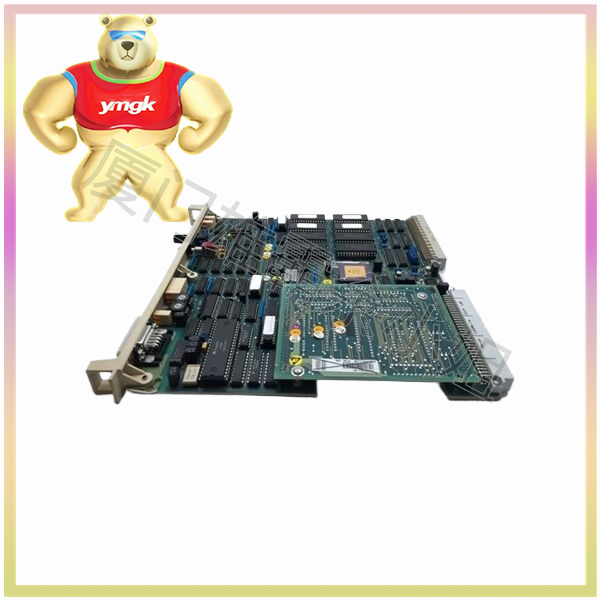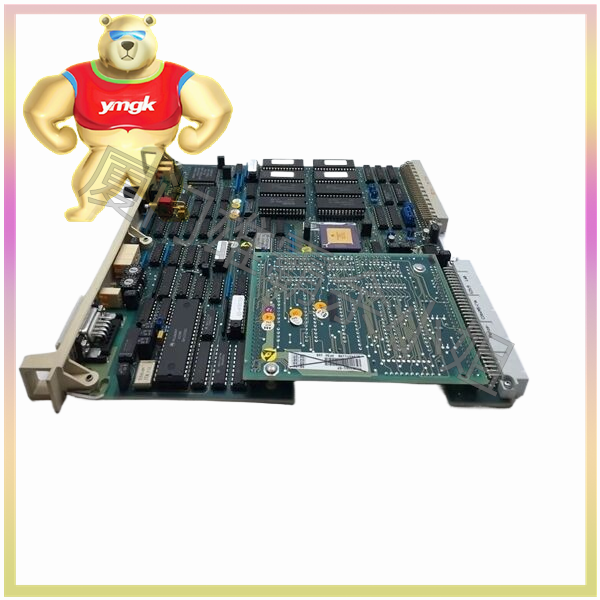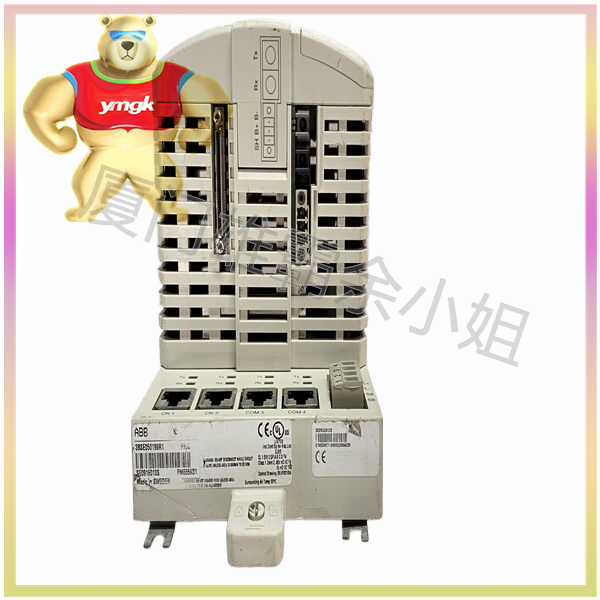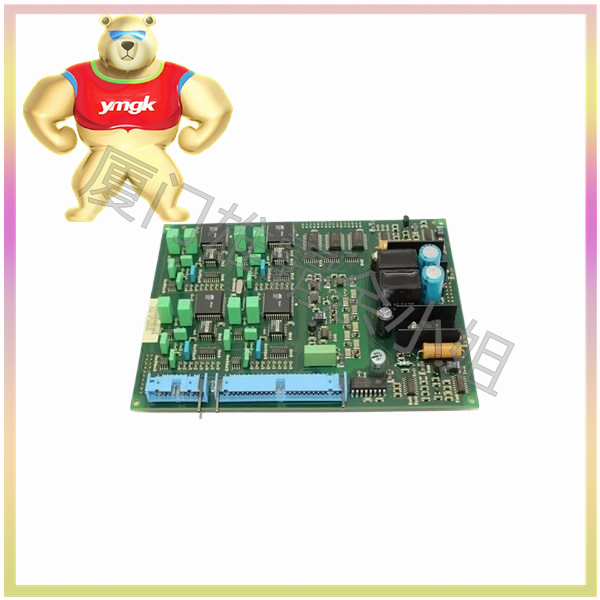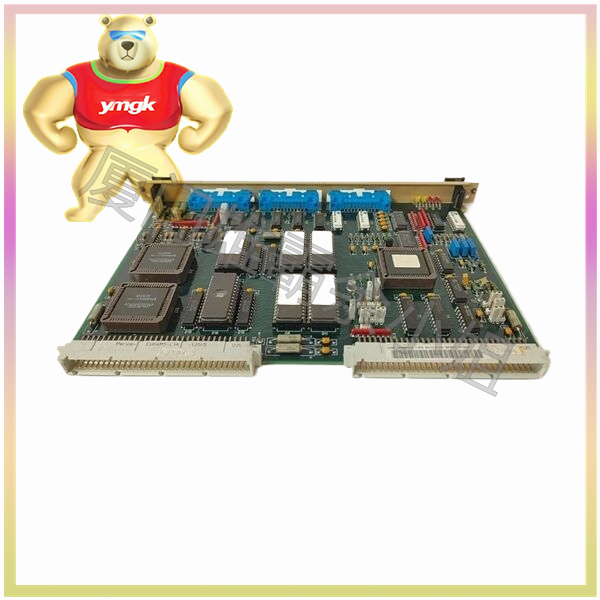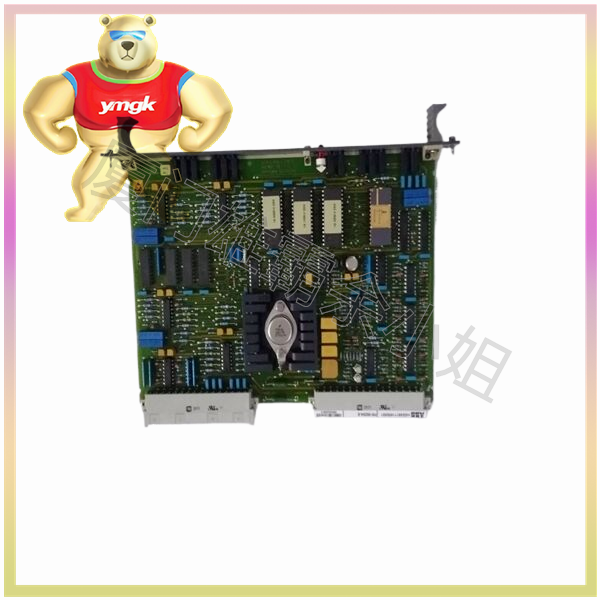The emergence of central control system
With the continuous development of society, information exchange and communication have become increasingly frequent and important. Various audiovisual equipment, projection devices, conference systems, etc. have begun to enter various industries. Nowadays, conference rooms, electronic teaching rooms, etc. are no longer just a podium, a chair, and a microphone as before. Instead, they are equipped with various advanced multimedia conference and teaching devices. For example, projectors, DVD players, video recorders, video display stands, multimedia computers, electric screens, and some large conference rooms are also equipped with simultaneous interpretation systems, electronic voting systems, large screen projectors, multi screen switching systems, etc. The use of multiple devices inevitably brings complicated device operations. For example, to turn on multiple devices, to turn off lights, to frequently switch between various audio and video signals, to constantly switch between projection images wait. In this situation, a “central control system” device that can centrally manage these devices and simultaneously control various resources in conference rooms and classrooms has emerged.
Definition of Central Control System
The central control system refers to the equipment that centrally controls various devices such as sound, light, and electricity. It is applied in multimedia classrooms, multifunctional conference halls, command and control centers, intelligent homes, etc. Users can use button type control panels, computer monitors, touch screens, wireless remote controls and other devices to control projectors, display stands, DVD players, video recorders, card stands, amplifiers, microphones, computers, laptops, electric screens, electric curtains, lighting and other equipment through computers and central control system software.
When several independent central control systems are connected to each other, a networked central control system can be formed, which can achieve resource sharing, audio and video transmission, and mutual monitoring. Collaborative control of modern audiovisual equipment such as computers, DVD players, video recorders, and video booths, as well as centralized control of electric curtains, lighting, curtains, and other equipment, creates a modern multimedia audiovisual teaching environment with high-definition, high fidelity, and controlled sound and light backgrounds through large screen projection. Suitable for schools to conduct multimedia teaching, courseware teaching, keynote speeches, presentations, etc.
Composition of Central Control System
As a central control system, it generally consists of four parts: 1 User interface; 2. Central control host; 3. Various control interfaces; 4. Controlled equipment.
It can be further divided into the following modules:
·Audio and video switching module
·VGA computer signal switching module
·Infrared learning and emission module
·Equipment power management module
·Electric screen control module
·Sound and volume processing module
·Control interface processing module
·Power module
In addition to completing the specific functions of the above modules, the central control system can also add other control or communication functions through programming, such as CRESTRON central control system, AMX central control system, Guangzhou Macrocontrol HK series central control system, etc.
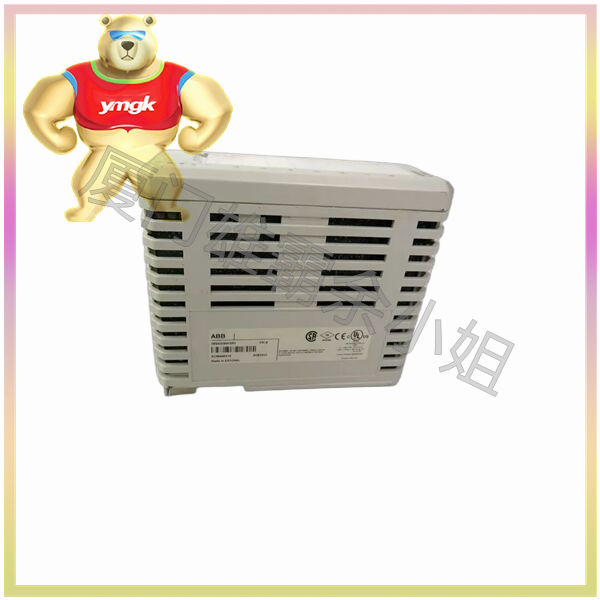
Characteristics of Central Control System
Provide interfaces for multiple user operations. (Standard PC/LCD touch screen/manual control panel): Personalized control interface design makes it easy for you to operate and feel at ease. At the same time, it provides a comprehensive overview of all electronic teaching equipment, making it clear at a glance.
Capable of controlling multiple devices simultaneously. Preview of other audio and video sources while performing presentations through motors or projectors
High integration, complete equipment control methods, clear operation interface, strong system expansion function, and high reliability. Low cost, high performance, high integration, fully digital control.
Single machine direct access: DVD player, video recorder, video display stand, camera, recording booth, computer, laptop, amplifier, wired microphone, wireless microphone, electric screen, projector, power controller. (Curtains and lighting).
Fully digital audio control, mixing, and providing device expansion interfaces.
Application of Central Control System
The central control system is generally applied in multimedia conference rooms, electronic classrooms, monitoring and command centers, press conference rooms, and environmental control.
Taking the multimedia conference room as an example, the central controller serves as the control center for all electronic teaching equipment. All electronic teaching equipment in the classroom, such as video recorders, DVD players, projectors, electric screens, speakers, as well as indoor lighting and curtains, can be connected to and controlled by the central controller.

